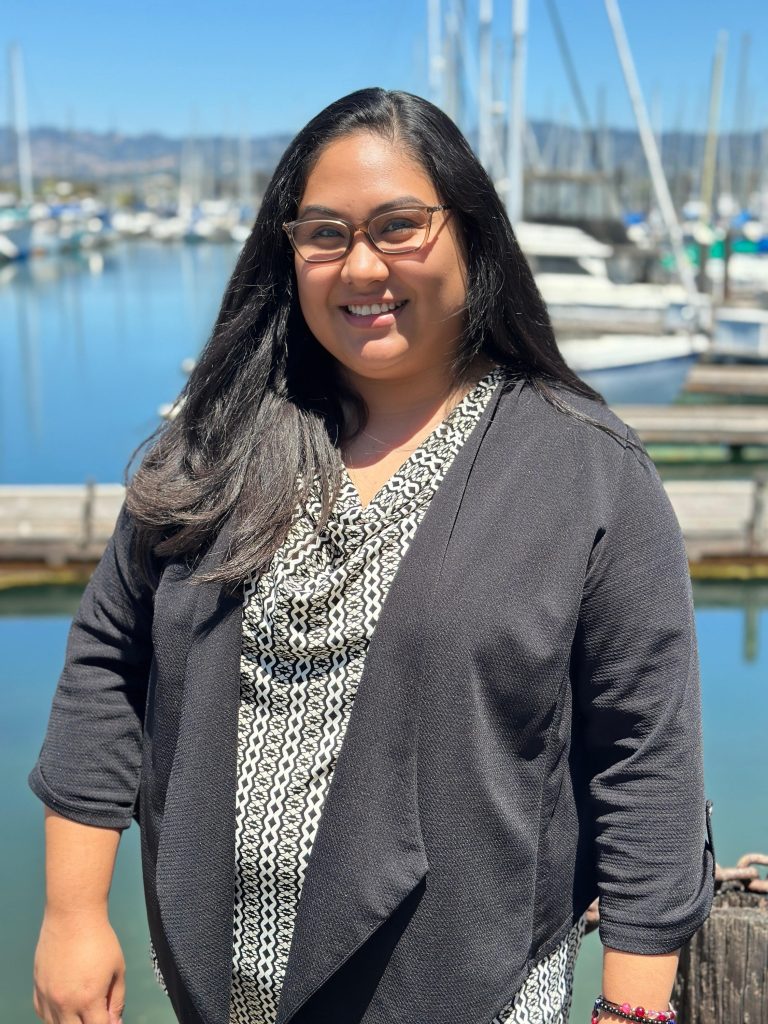Field service organizations have been striving over the last number of years to bring more women into roles, to varying degrees of success. Many have reported that they’ve struggled to recruit and retain woman technicians, even more so than other diverse groups they’ve aimed to welcome into their workforces.
These challenges become easy to comprehend when you consider related recent news such as how, “despite the many academic symposiums, STEM programs, and corporate efforts towards diversity, the high tech sector has made frighteningly little progress over the past two decades, according to a new report by the U.S. Equal Employment Opportunity Commission (EEOC).”
All the while, much debate is taking place over the validity and impact of DEI efforts (and even how best to refer to these efforts). In a recent article for BBC News, technology editor Zoe Kleinman discusses how women’s STEM supports are waning as a result of this debate (along with corporate budget cuts and culture shifts). She specifically notes the closure of two impactful groups: the charity Women Who Code, a US-based group with 145,000 members that in June announced it was shutting down “due to factors that have materially impacted our funding sources;” as well as the US non-profit community Girls in Tech that closed in July after 17 years (also reportedly with lack of funding as the main reason).
Existence of these groups is an essential component of how we continue to make much-needed progress in gender equity. We spoke recently with California-based Tradeswomen Inc., a grassroots non-profit focused on recruitment, retention, and career development for women in the skilled trades industries. Melinda Ramirez, the group’s development manager, and Felicia Hall, workforce development manager, share how the organization is bringing women and employers in the trades together.

Felicia Hall

Melinda Ramirez
Future of Field Service: Can you tell us about the mission of Tradeswomen Inc.?
Melinda Ramirez: Our organization is non-profit, we’ve been around for about 45 years, and our mission and our work is centered around improving equity in the skilled trades, mostly construction trades, and increasing the number of women and LGBTQ employees in the trades.
Most estimates say 11% of the employees in the industry are women, but really only about 4% of employees in the trades are women that actually work with tools. We do outreach for recruitment, retention, and leadership development. We go to a lot of career fairs, try to help guide women into pre-apprenticeships, and help them to apply to different registered apprenticeship programs. We also helping them with resources to support their efforts, like gas cards and child care stipends.
Our previous director, Meg Vasey, works with the National Taskforce on Tradeswomen’s issues, and they focus on policy and law. For example, one item that was recently passed was having separate bathrooms or porta-potties for men and women on jobsites. They have also worked on mandating better fitting safety gear, since most safety gear and hardhats were designed for men.
We will soon go to New Orleans for the Tradeswomen Build Nations conference, and I am meeting up with people from all over the world who are working on policy and gender equity.
Felicia Hall: We work directly with recruiters, and we have a newly developed Multi-Craft Core Curriculum (MC3) apprenticeship program with NABTU (North American Building Trades Union). That allows candidates to get into a paid, union apprenticeship.
A lot of the work we do is in advocacy and getting knowledge out there about the trades. Many women don’t know these roles are even an option. We focus a lot creating awareness among high school graduates about the trades and the opportunities available.
We have a monthly apprenticeship workshop, where we explain the benefits and some of the challenges of working in the trades. As women in the trades, you do face discrimination, and they will push you to your limit. As a woman you need to be able to pick up your ladder or tools and move them yourself. We talk about the importance of that independence as a woman on a job site, and how to conduct yourself on a job site.
Future of Field Service: What are some of the biggest challenges in connecting women with jobs in the trades?
Felicia Hall: A lot of the challenges are just getting women to commit. There can be fear because this is unfamiliar to them. We have to convince them to consider the opportunity. We also face challenges around availability. Once people hear about us, they want us everywhere. We are small but mighty, so we try to do as much outreach as possible.
Melinda Ramirez: Any kind of contract with federal funding requires hiring a certain number of women, minorities, and apprentices, and there is a formula companies have to follow. It can be difficult for them to find qualified individuals, and we see a lot of challenges because they hire an apprentice, give them half a shot, and then move on to a more experienced person so they can say they fulfilled their requirements.
I read an article recently about the difference between mentorship and sponsorship. A mentor in the trades will give you advice and point you in the right direction, whereas a sponsor will take a risk on you, introduce you to the right players, and give you the big jobs. Men tend to get more sponsorships, where women experience more mentorship without anyone taking risks on them.
Women also don’t see themselves reflected in leadership roles in these companies. If you don’t see women in those positions, it can be hard to stick with it. Most women tend to leave the trades within the first four years, and there are a lot of reasons for that, but it really comes down to changing the worksite culture. That takes time and work and has to start from leadership and move down.
Future of Field Service: For companies that want to recruit and retain more women in these positions, what are some helpful strategies?
Melinda Ramirez: You need flexibility, and what I mean by that is making small accommodations, like offering a time and place for lactation when women come back from maternity leave, for example.
Companies also need to be understanding about childcare issues, Women tend to be caregivers for children and in some cases their parents, and because of the early start on jobsites that can be difficult. Most daycares do not open at 4 a.m.
There should also be a path for upward mobility. If you give them opportunities and have women in leadership roles, you will attract more women at an entry level.
Felicia Hall: When we work with companies that have women in leadership positions, they often tell us they prefer to hire women because they are more meticulous and pay attention to detail. We have seen data that shows when you have one woman on a job site, you get a 15% higher safety record. Just by having one woman in any role on a job site improves the safety on that job site.
Future of Field Service: Are you seeing promising trends around promoting the trades to younger women, and students in general?
Melinda Ramirez: We are trying to get information to youth at an early age, even as young as middle school. You have to show them that this is an option, because a four-year college is not for everyone.
You can learn more about Tradeswomen Inc. and the work they’re doing on their website. The group holds a monthly apprenticeship workshop on the third Thursday of every month via Zoom. (Registration is required.) If you happen to be in California, they are also holding a fundraiser on Nov. 16 in Alameda, CA.